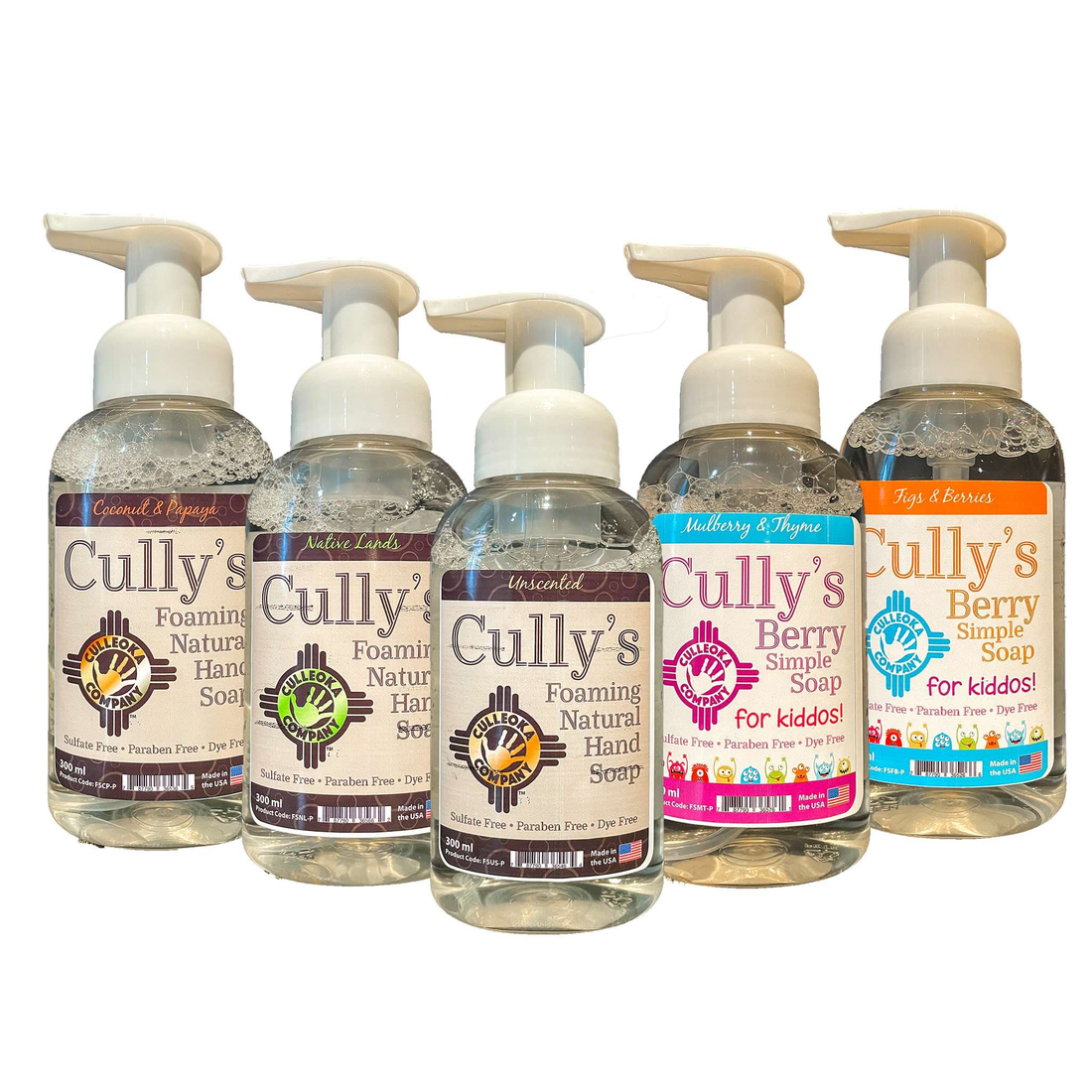Alternative solutions to Harmful Toxins in Cleaning Supplies
Cleaning is essential to protecting our health in our homes, schools and workplaces. However, household and cleaning products—including soaps, polishes and grooming supplies—often include harmful chemicals. Even products advertised as "green" or "natural" may contain ingredients that can cause health problems. Some cleaning supplies can even be flammable or corrosive. Fortunately, you can limit your exposure to those risks. Read all labels and follow instructions when using cleaning products. It could save your life.
Products that contain harmful toxins are essentially destroying the delicate balance between nature and health. Ultimately, leaving long-term negative effects on our health and our environment. Culleoka Company is here to eliminate the toxicity generally associated with cleaning. Our probiotic and plant based cleaners contain multiple live strains of beneficial (good) bacteria producing powerful enzymes to break down foul organic matter on surfaces.
How can cleaning supplies, household products affect health?
Many cleaning supplies or household products can irritate the eyes or throat, or cause headaches and other health problems, including cancer. Some products release dangerous chemicals, including volatile organic compounds (VOC's). Other harmful ingredients include ammonia and bleach. Even natural fragrances such as citrus can react to produce dangerous pollutants indoors.
VOCs and other chemicals released when using cleaning supplies contribute to chronic respiratory problems, allergic reactions and headaches. Studies are underway to assess how these chemicals affect people who have asthma and other respiratory illnesses.1 However, past studies link exposure to chemicals from cleaning supplies to occupational asthma and other respiratory illnesses.2,3
Cleaning supplies and household products containing VOCs and other toxic substances can include, but are not limited to:
- Aerosol spray products, including health, beauty and cleaning products;
- Air fresheners;
- Chlorine bleach*;
- Detergent and dishwashing liquid;
- Dry cleaning chemicals;
- Rug and upholstery cleaners;
- Furniture and floor polish; and
- Oven cleaners.1,2
*Never mix bleach or any bleach-containing product with any cleaner containing ammonia. The gases created from this combination can lead to chronic breathing problems and even death.2 Recent research has found that even natural fragrances in cleaning products, particularly in air fresheners, may react with high levels of ozone from indoor sources (for example, from some air cleaning devices)or from outdoor air to form formaldehyde, a known human carcinogen, and dangerous fine particles indoors. Ozone is a harmful, but invisible, gas that worsens asthma and other lung diseases. Particles are also common air pollutants that can worsen asthma and other lung diseases and risk heart attacks and stroke. Both ozone and particles can be life-threatening.
How can you prevent harm from cleaning and household products?
Read all labels on cleaning supplies and household products before you buy them. Choose products that do not contain or have reduced amounts of VOCs, fragrances, irritants and flammable ingredients. Avoid using air fresheners altogether.
As a safer cleaning alternative, use Culleoka Company's tested safe products, which contain all natural, plant based ingredients, including probiotics (good bacteria) that destroy foul organic matter. Sometimes warm water and soap often will do the trick, especially at home. Baking soda is good for scrubbing. A mix of vinegar and water can clean glass.
When using cleaning or household products, keep the area well ventilated. Open windows and doors. Never use cleaning products in a small, enclosed space.
 References
References
- Institute of Medicine, Division of Health Promotion, Indoor Air and Disease Prevention. Clearing the Air: Asthma and Indoor Air Exposures. Washington, DC: National Academies Press, 2000. Kanchongkittiphon W, et al. Indoor Environmental Exposures of Asthma: An Update to the 2000 Review by the Institute of Medicine. Environmental Health Perspectives. 2015; 123: 6-20.
- Nazaroff WW, Weschler CJ. Cleaning Products and Air Fresheners: Exposure to Primary and Secondary Air Pollutants. Atmospheric Environment. 38, 2004: 2841-65.
- California Air Resources Board (CARB). Report to the California Legislature: Indoor Air Pollution in California. Sacramento, CA: California Environmental Protection Agency. 2005.
Author: ~Sonny Hobbs,
Founder
Culleoka Company, LCC
A little about Sonny Hobbs and The Culleoka Company
(1) About Us (culleokacompany.com)
All rights reserved

